The Rossio railway station in Lisbon (Portugal) uses little colored cylinders for parts of their displays (marked in red).
I'd be really interested in getting more information about them, but I couldn't find anything about them online.
The only reference for something similar is http://tpdomain.blogspot.com/2017/08/full-color-mechanical-display.html where someone proposes to build such a display (apparently not knowing, that it already exists).
What are they called? How exactly do they work?
